History Affects Modern Nail Design
Nail art expresses individuality and cultural heritage in the ever-changing beauty and fashion world. From its beginning to the present, nail design has changed dramatically, shaped by many historical periods. Today, nail studios offer a variety of alternatives, each inspired by a time gone but not forgotten. This study shows how ancient habits, cultural changes, and technological advances have shaped modern nail art.
Nail painting and decorating originate in ancient civilizations. Ancient Egyptians, known for their beauty and cosmetics, dyed their nails with henna to show social position and elegance. A deep crimson tint, beloved by Cleopatra, the embodiment of ancient beauty, has become a standard in manicure salons worldwide. The Zhou Dynasty royals placed gold and silver dust on their nails to show off their aristocratic birth. These activities established that nails were more than a hygiene issue but a canvas for artistic expression and a status symbol.
Historical eras affect modern nail design beyond ancient times. The Renaissance, recognized for its contributions to art and science, also influenced nail art. This era stressed natural beauty and elegance. Therefore, manicure colors and designs were more muted, accentuating the nail’s shape and condition. Modern nude and pastel varnishes reflect this period’s desire to highlight nails’ innate attractiveness.
With the Industrial Revolution in the 19th century, nail art changed significantly. Vehicle and other industry innovations indirectly affected nail art. Cutex made nail lacquer affordable in the Roaring Twenties, and its popularity soared. This era also saw the introduction of the French manicure, a nail studio staple. The French manicure’s white-tipped nails on a natural base showed the era’s love of refinement and simplicity, which still inspire modern nail design.
Due to cultural and social developments, nail art creativity flourished in the 20th century. The independence and revolt of the 1960s and 1970s inspired vibrant colors and patterns, reflecting society’s shift toward individualism and self-expression. The introduction of artificial nails allowed for more dramatic lengths and forms, leading to today’s elaborate acrylic and gel patterns. With its contempt for convention, Punk also diversified nail art by adding darker colors, metallics, and unique designs that questioned beauty norms.
Digital technology has made nail art more accessible and diverse. Nail artists and fans share their works on social media, using inspiration from pop culture to high art. Nail art has become a popular type of wearable art, with each nail serving as a miniature canvas for intricate patterns with 3D features and textures. Modern vintage fashions incorporate innovative techniques and materials influenced by previous periods. For instance, Baroque-inspired designs with elaborate gold craftsmanship and rich diamonds are updated for modern preferences.

Additionally, technology has a significant impact on nail art. UV-cured gel polishes and digital nail printers enable more elaborate and durable designs. These innovations combine historical art with modern technology, reflecting society’s constant pursuit of innovation.
In conclusion, the evolution of nail art from ancient times to the digital age shows our yearning for beauty and expression. Modern nail design is a rich and diversified culture that spans time and region due to the flavors and ideas of each historical era. History’s effect on modern nail art, from ancient China’s regal gold dust to the sleek, minimalist French manicure and beyond, shows that beauty and fashion are a dialogue between the past and present.
Nail Art Styles Go Global
The variety of options in a modern nail studio is immediately noticeable. This variety shows how worldwide influences have molded and broadened nail art and nail artists’ inventiveness. Nail art’s globalization shows how cultural exchanges and technological advances have created a lively, multinational canvas for self-expression and beauty.
From elaborate South Asian henna designs to bold, geometric African tribal art and delicate, minimalist Japanese nail art, the modern fan has many choices. This mix of global influences symbolizes a change in beauty trends and a more interconnected globe where cultures collide and create something fresh and fascinating.
Several historical events have facilitated the cross-cultural exchange of nail art forms. Cultural interchange, including beauty rituals, occurred along the Silk Road, which traded silk and spices. Traders and travelers brought cultural customs, including beauty and decoration, from East to West, launching a global nail art exchange.
Recently, the internet and social media have expedited nail art style globalization. Nail artists and lovers worldwide share their work on Instagram and Pinterest. Nail art has become popular worldwide due to digital sharing, making regional styles available to everyone. Intricate nail decals and 3D nail art have become famous worldwide due to Korean pop culture.
Global events and movements significantly affect nail art. The worldwide fashion weeks in New York, Paris, Milan, and London influence beauty and nail art trends. Designers work with nail artists to create unique manicure styles for their fashion collections, which are subsequently aired worldwide. These events display the latest nail art trends and emphasize nail art’s growing importance in fashion and beauty.
Cultural fusion is another nail art globalization trait. Artists combine aspects from several cultures to produce distinctive creations. A nail design might blend Indian mehndi patterns with the vivid colors of African textiles to create a new appearance with rich cultural roots. This mix of styles enriches nail art and promotes cultural understanding.

Technology has also helped globalize nail art. With new stamping plates, gel polishes, and nail art printers, artists can now create complicated designs with precision and durability. Online tutorials and seminars have democratized nail design and encouraged exploration and creativity worldwide.
The globalization of nail art styles is also seen in its growing popularity as an artistic medium. Nail art has become a popular medium for artistic expression in art exhibitions and installations. Nail art has gone from a beauty trend to an art form, garnering new fans and spurring innovation.
Finally, nail art globalization reflects our increasingly interconnected world. Cultures blend and influence each other, creating a rich tapestry of styles that enhance our appreciation of beauty. Art’s rise from local tradition to a worldwide phenomenon shows how creativity and cultural interchange shape beauty trends. Future trends show that technological advances, cultural fusion, and the unlimited ingenuity of artists and enthusiasts will continue to globalize nail art styles. Nail art will continue to evolve, adding diversity and creativity to its status as a vibrant form of self-expression and cultural dialogue.

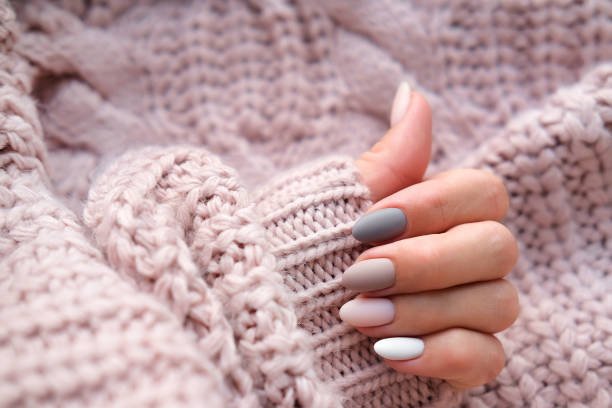


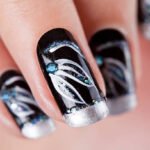

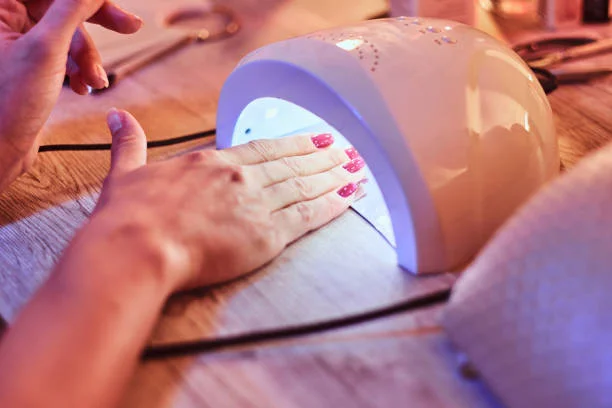
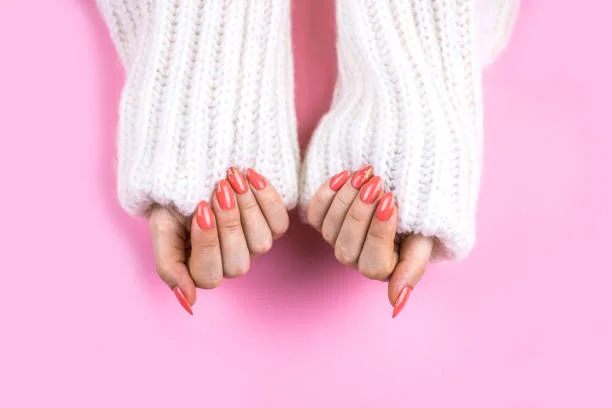
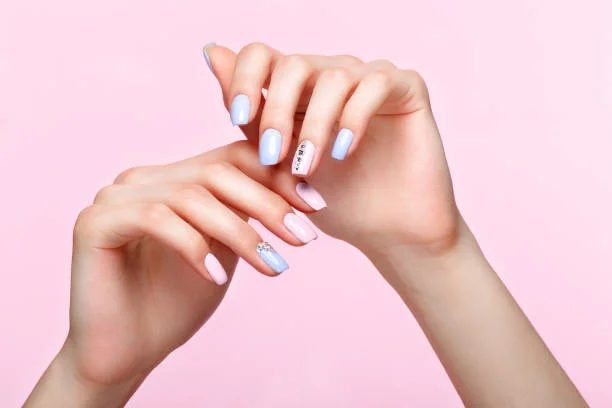
Leave a Reply